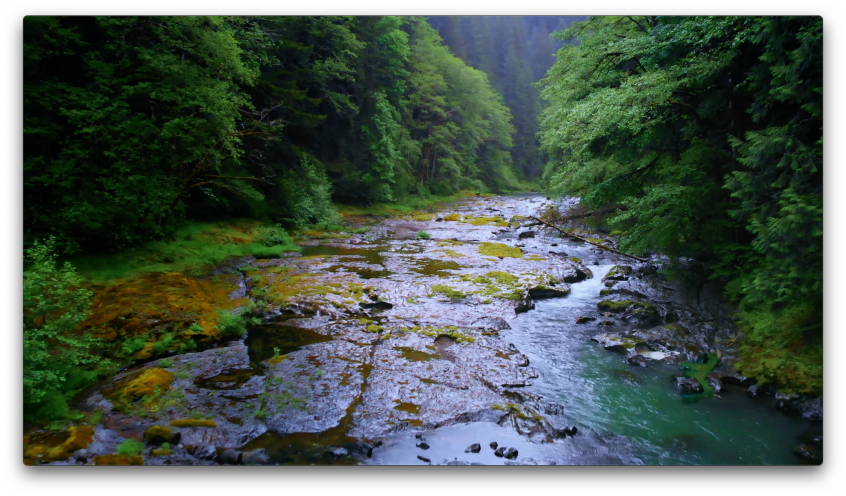Working forests remain committed partners to protecting and improving fish habitat. The Washington State Department of Natural Resources (DNR) released its biennium Compliance Monitoring Program report assessing how well working forests are conforming to forest practice rules put in place to protect riparian areas on both sides of streams to keep water cool and clean.
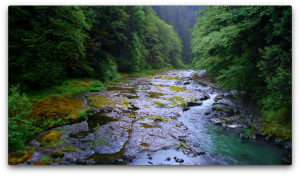
The report found that an overwhelming majority of Washington’s working forest operations continue to comply with current forest practices rules aimed at protecting fish and their habitats and that the compliance rate is only increasing.
According to the report:
“There have been statistically discernable increases in compliance since 2010 for some prescriptions and, equally notable, no significant decreases in rates of compliance with FP [forest practices] rules for any prescriptions.”
The Forests & Fish Law provides a framework for the state’s forest practices guidelines. Forest practice rules dictate all forest practices activities, including timber harvests and forest road construction.
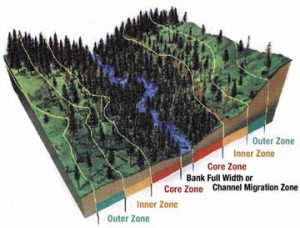
The two-year evaluation found FP compliance rates range from 98 – 88%, “indicating generally high compliance.” The highest compliance rate (98%) was for Roads and Haul Routes prescriptions – or alternatives to certain forest practice rules. Working forests also enjoyed a 96% compliance rate within the unstable slopes categories. The lowest compliance rated was in Type A and Type B Wetlands (88%).
The state’s forest practices rules are predicated on the Forests and Fish agreement approved by the legislature and signed into law by Gov. Gary Locke in 1999. In addition to instituting one of the most robust forest practices guidelines in the nation, the historic Forests & Fish Law also established an adaptive management process for providing science-based recommendations and technical information for the Forest Practices Board as it reviewed the efficacy of rules and adjusting them if as needed. To date, the Forest Practices Board has made very few rule changes.
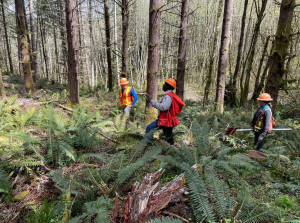
Photo courtesy of DNR.
And though the compliance ratings are very high, Washington’s private forest landowners strive for perfection and will continue to work with DNR and the compliance monitoring program data to identify areas for improvement through administrative clarifications, including instructions, trainings and board manuals.
DNR collected data for the most recent report occurred during the 2020 and 2021 spring field season at sites throughout Washington state. A comprehensive explanation on how the state Compliance Monitoring Program looks at forest practices can be found on this page. The full report can also be found here.
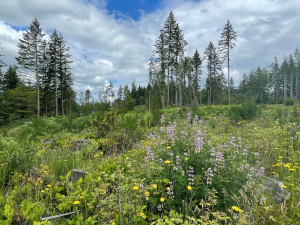
Photo courtesy of DNR.
While the Compliance Monitoring Program report measures how well working foresters are adhering to the state’s forest practice prescriptions, the study does not evaluate how effective the rules are in protecting salmon habitat. Determining the efficacy of forest practice rules rests with the Adaptive Management Program’s Cooperative, Monitoring, Evaluation and Research committee.
